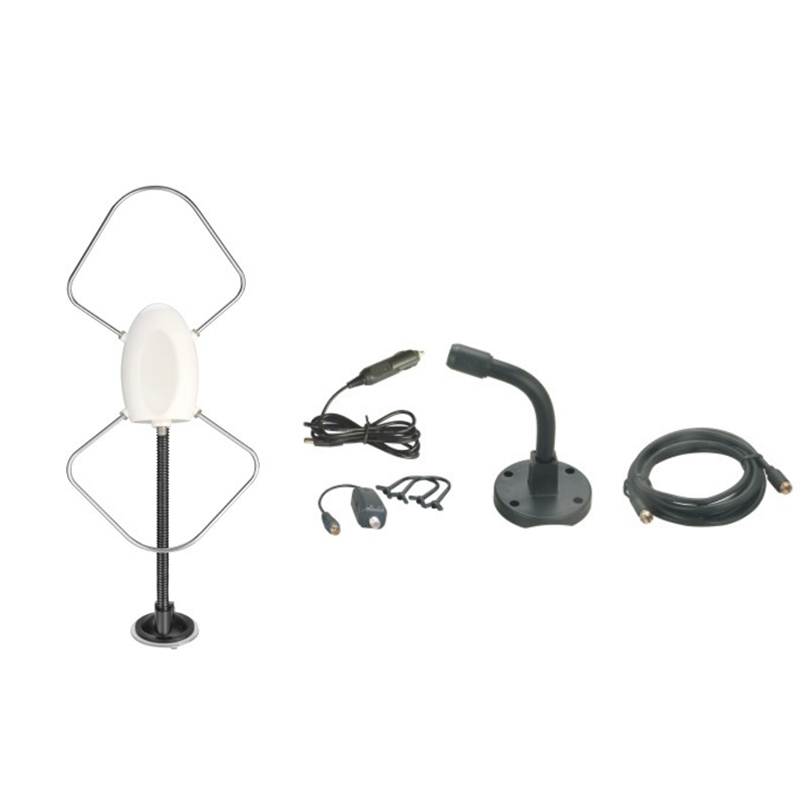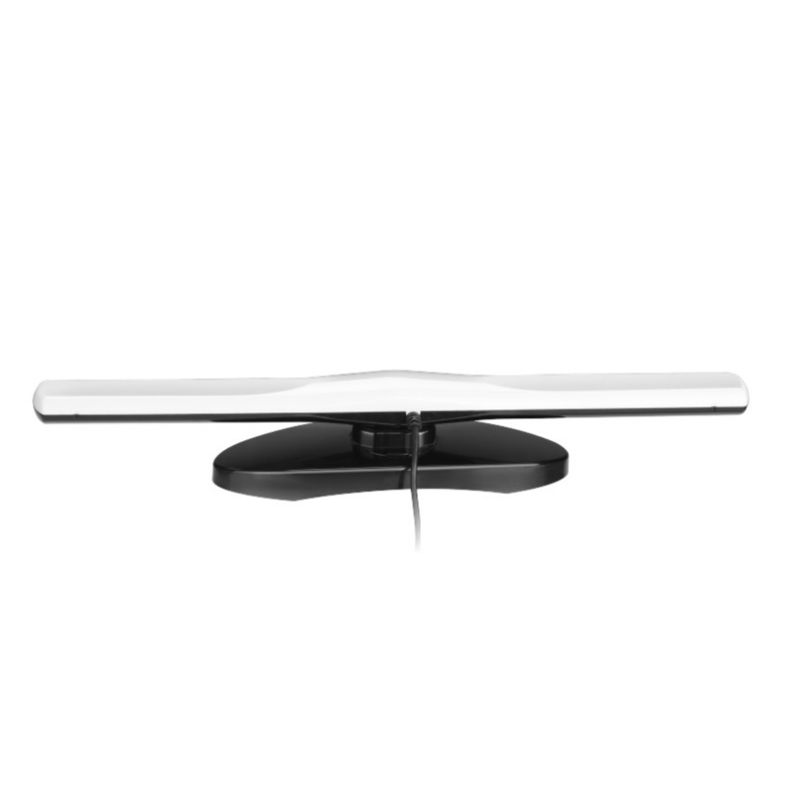Frequency range: 26.5- 28MHz SWR: ≤1.2:1 Max. power: 35W continuous 250W Short time Bandwidth at S.W.R. 2:1: 1900KHz Impedance: 50ohm Whip length: 1200mm Adjustment: 0~90° Cable Length: RG58/157" Po...
See DetailsHome / Customized Product / Industry news / What is the anti-interference ability of marine antennas in harsh sea conditions?
What is the anti-interference ability of marine antennas in harsh sea conditions?
In adverse maritime conditions, the anti-interference capability of marine antennas is crucial as it directly impacts the reliability of a vessel's communication and navigation systems. This anti-interference capability encompasses various aspects, including electromagnetic interference, multipath and multi-route interference, seawater corrosion, mechanical vibration, and impact.
Firstly, marine antennas need to possess good anti-electromagnetic interference capability. At sea, vessels may encounter various electromagnetic interference sources such as thunderstorms, ship engines, and electronic equipment. These sources of interference may adversely affect the signal reception and transmission of marine antennas. Therefore, marine antennas need to employ anti-interference design and materials to minimize the impact of external electromagnetic interference on the antenna signal.
Marine antennas also require good anti-multipath and multi-route interference capability. In maritime environments, the movement of vessels can cause signal multipath propagation and multi-route interference, leading to a decrease in signal quality. To address this, marine antennas need to employ techniques such as multipath fading suppression and adaptive modulation to enhance the stability and reliability of signal reception.
Marine antennas need to have good waterproof design and resistance to seawater corrosion. Seawater corrosion can damage the casing and connection components of marine antennas, affecting their performance and reliability. Therefore, the casing and connection components of marine antennas need to be made of corrosion-resistant materials and employ sealing design to prevent seawater ingress.
Marine antennas also require good resistance to mechanical vibration and impact. At sea, vessels may experience severe mechanical vibration and impact, which can affect the stability and connectivity performance of marine antennas. Therefore, marine antennas need to adopt robust, vibration-resistant designs to ensure their reliability and stability during vessel operations.
Some advanced marine antennas are equipped with automatic adjustment and tracking functions. This feature enables the antenna to automatically adjust its direction and angle based on the vessel's movement and changes in signal strength, ensuring the stability and reliability of signal reception. This automation feature can enhance the anti-interference capability of marine antennas in adverse maritime conditions, providing more stable communication and navigation services.
The anti-interference capability of marine antennas in adverse maritime conditions is ensured through various means such as anti-electromagnetic interference, anti-multipath and multi-route interference, waterproof design, resistance to mechanical vibration and impact, and automatic adjustment and tracking functions. These technological measures can improve the stability and reliability of marine antennas in adverse maritime environments, ensuring the normal operation of vessel communication and navigation systems.
Firstly, marine antennas need to possess good anti-electromagnetic interference capability. At sea, vessels may encounter various electromagnetic interference sources such as thunderstorms, ship engines, and electronic equipment. These sources of interference may adversely affect the signal reception and transmission of marine antennas. Therefore, marine antennas need to employ anti-interference design and materials to minimize the impact of external electromagnetic interference on the antenna signal.
Marine antennas also require good anti-multipath and multi-route interference capability. In maritime environments, the movement of vessels can cause signal multipath propagation and multi-route interference, leading to a decrease in signal quality. To address this, marine antennas need to employ techniques such as multipath fading suppression and adaptive modulation to enhance the stability and reliability of signal reception.
Marine antennas need to have good waterproof design and resistance to seawater corrosion. Seawater corrosion can damage the casing and connection components of marine antennas, affecting their performance and reliability. Therefore, the casing and connection components of marine antennas need to be made of corrosion-resistant materials and employ sealing design to prevent seawater ingress.
Marine antennas also require good resistance to mechanical vibration and impact. At sea, vessels may experience severe mechanical vibration and impact, which can affect the stability and connectivity performance of marine antennas. Therefore, marine antennas need to adopt robust, vibration-resistant designs to ensure their reliability and stability during vessel operations.
Some advanced marine antennas are equipped with automatic adjustment and tracking functions. This feature enables the antenna to automatically adjust its direction and angle based on the vessel's movement and changes in signal strength, ensuring the stability and reliability of signal reception. This automation feature can enhance the anti-interference capability of marine antennas in adverse maritime conditions, providing more stable communication and navigation services.
The anti-interference capability of marine antennas in adverse maritime conditions is ensured through various means such as anti-electromagnetic interference, anti-multipath and multi-route interference, waterproof design, resistance to mechanical vibration and impact, and automatic adjustment and tracking functions. These technological measures can improve the stability and reliability of marine antennas in adverse maritime environments, ensuring the normal operation of vessel communication and navigation systems.

 English
English Español
Español













Contact Us